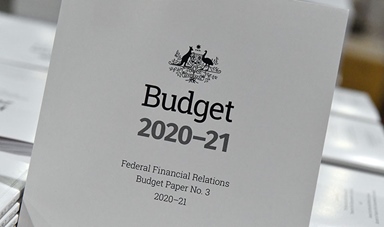Loading component...
At a glance
The Federal Government will run a budget deficit of $A213.7 billion with total debt peaking at $A966 billion by 2024 as it spends on a range of programs and incentives designed to rescue the Australian economy from its worst downturn since the Great Depression.
Instead of bringing the budget back “into the black” as had been celebrated before the pandemic, the 2020/21 budget will take net government debt to $A703 billion or 36 percent of GDP this year, and to 44 percent by 2024.
This, as Treasurer Josh Frydenberg pointed out, is half of that of the UK, a third of the debt of the US and a quarter that of Japan.
The government forecasts a 3.75 percent contraction in the economy this calendar year, but a return to 4.25 per cent growth next year, with unemployment to fall to 6.5 percent by the June Quarter of 2022.
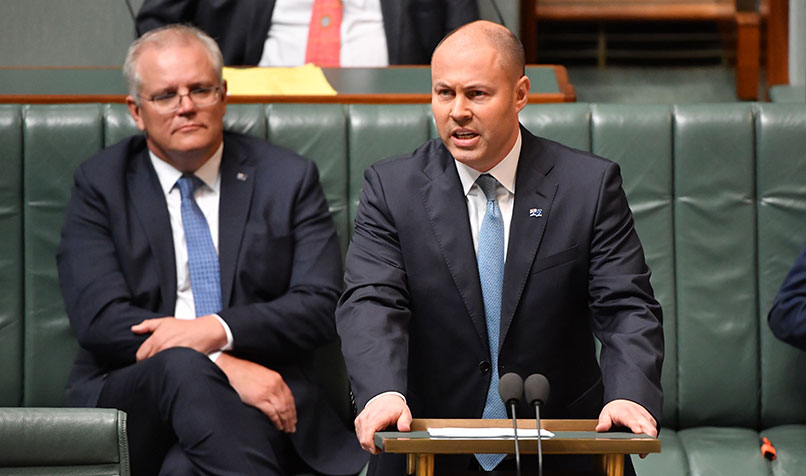
Frydenberg said the budget focused on “boosting consumer and business confidence, growing the economy and creating jobs.”
Gavan Ord, CPA’s business policy adviser, describes the budget as a “confidence booster” across a number of areas, but noted that most of the measures were finite and did not appear to be ongoing.
“There is little in the budget to support the reinvention or reimagination of business,” says Ord.
“It is a big spending budget designed to get the country moving again but lacks a longer-term strategy or vision.”
WINNERS
Taxpayers
Key to the government’s strategy is to put money in the pockets of taxpayers in the hope they will boost spending and the resulting demand will help lift the economy out of recession.
To that end, more than 11 million taxpayers will receive a tax cut backdated to July 1 this year.
Stage Two of the legislated tax cuts will be brought forward by two years, lifting the 19 per cent threshold from $A37,000 to $A45,000, and the 32.5 per cent threshold from $A90,000 to $A120,000.
This would result in a tax relief of up to $A2745 for singles, and up to $A5490 for dual income families compared with 2017-18.
Established businesses
The budget includes a range of measures designed to encourage established businesses to spend on plant and equipment, invest in research and development, and also hire or retain workers.
The Instant Asset Write Off for businesses will be extended to businesses with a turnover of up to $A5 billion and will be further extended until June 2022.
There is also relief for businesses which have been “doing it tough” during the pandemic, with a measure which will enable them to use their losses earlier.
Losses incurred to June 2022 can be offset against prior profits made in or after the 2018/19 financial year.
To encourage businesses to hire younger Australians, the government has announced a new program called JobMaker, which will contribute $A200 per week, payable for one year, towards the hiring of people aged 16-35 who are currently on JobSeeker.
The payment for those aged 30-35 is $A100 per week.
The government estimates that the combination of the immediate expensing of capital expenditure and loss carry-back measures will create an additional 50,000 jobs nationally.
For R&D, the budget removes the cap on refunds and lifts the rate.
Apprentices
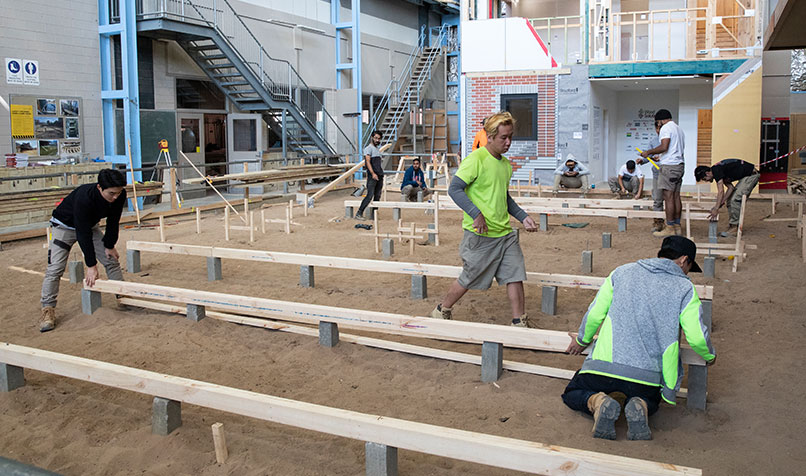
In vocational training, the budget commits an additional $A1.2 billion to create 100,000 new apprenticeships and traineeships, with a 50 per cent wage subsidy for businesses who employ them.
Infrastructure projects
In keeping with its plan to boost jobs, the budget expands the government’s 10-year infrastructure pipeline, bringing to $A14 billion the new and accelerated infrastructure projects which would support an estimated 40,000 new jobs.
The projects span the nation, and include major road upgrades in several states and rail projects in Victoria and Western Australia, and new bridges in Tasmania and the ACT.
An additional $A2 billion is also earmarked for road safety upgrades.
According to Frydenberg, “Funding for these shovel-ready projects will be provided on a use it or lose it basis. If a state drags its feet, another state will get the money. We need works to start, not stall.”
Pensioners
Aged pensioners will receive an additional $A250 payment from December and a further $A250 payment from March next year.
There is also a package for senior Australians who wish to continue living in their own homes, with $A1.6 billion earmarked for an additional 23,000 home care packages, bringing the total to 180,000 places.
Manufacturing
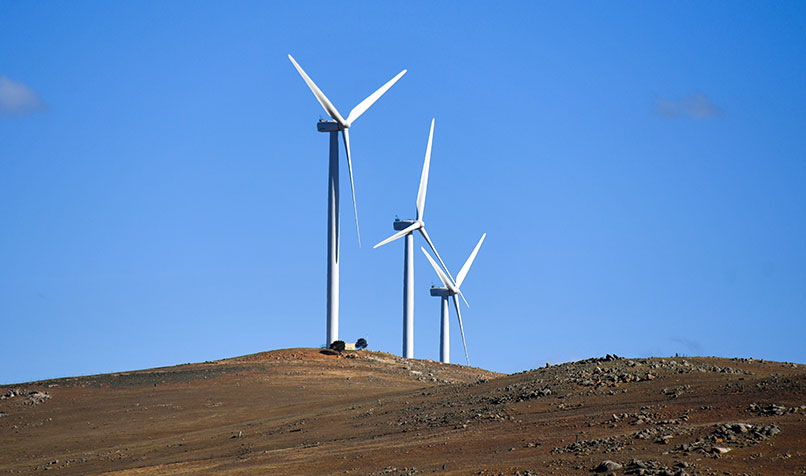
As the pandemic has exposed issues in Australia’s globally reliant supply chain, the focus has switched back to manufacturing for national resilience as well as job creation.
The budget includes a $A1.3 billion Modern Manufacturing plan to target six key industries, from food and beverage manufacturing to renewable energy and the space industry.
Regional Australia
While much of the national focus has been on the pandemic, regional Australia is still suffering the economic impact of the drought and bushfires.
The budget includes $A2 billion in concessional loans for farmers, and $A2 billion for water infrastructure projects across the country to expand the national water grid.
$A350 million has been allocated to support regional tourism, while $A317 million is earmarked for exporters to continue to access global supply chains.
The NDIS and mental health services
The budget includes an additional $A3.9 billion for the National Disability Insurance Service, with the Treasurer assuring “every Australian” that the NDIS would “always be fully funded” under a coalition government.
The budget also doubles the number of Medicare psychological services funded through the Better Access Initiative from 10 to 20.
First home buyers
As telegraphed before the budget, the government announced an additional 10,000 places for first home buyers of new homes under the First Home Loan Deposit Scheme.
The budget also includes an additional $A1 billion in low cost finance for the construction of affordable housing, and $A150 million in the Indigenous Home Ownership Program for new homes in regional areas.
Women in STEM and female entrepreneurs
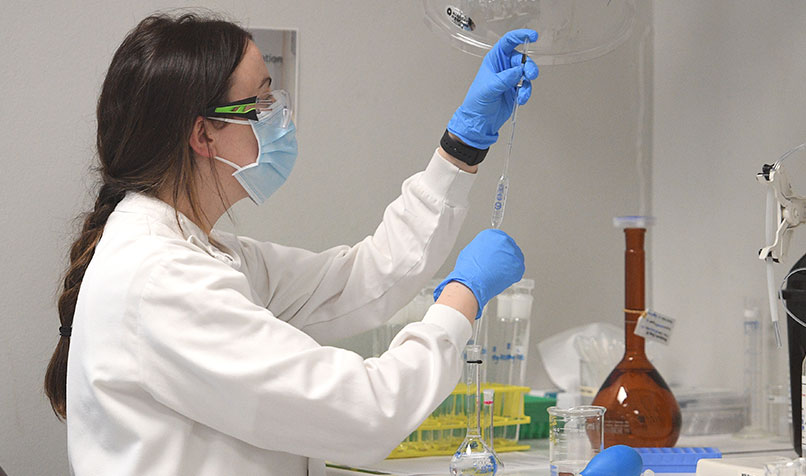
Recognising that women have made up the majority of those who lost their jobs during the pandemic, the Budget includes the government’s second Women’s Economic Security Statement, with $A240 million in programs and support.
These focus on new cadetships and apprenticeships for women in science, technology, engineering and mathematics, job creation and entrepreneurialism.
LOSERS
Long-term or older unemployed
While these people received a $A550 fortnightly coronavirus supplement to their JobSeeker payments in March, this has been cut to $A250 and is scheduled to end by December 31.
The budget makes no mention of whether this supplement will be continued or if JobSeeker will be increased on a permanent basis, and there are no targeted programs for unemployed people older than 35.
Self-funded retirees
Already struggling due to record low interest rates, which have crimped the returns from the term deposits many of them rely on, this group – who do not get the aged pension – receive nothing in the budget.
New businesses
While there are incentives for existing businesses, the instant asset write off is the main measure which new businesses can take advantage of.
There are no specific incentives or programs to encourage start-ups and new businesses.
“CPA Australia is disappointed that the budget does not include any specific assistance for those new to business. These entrepreneurs also need help to survive having already missed out on JobKeeper, the Cash Flow Boost and several state government grants,” says Ord.
For more on CPA Australia’s response to the Federal Budget, read the media release.
